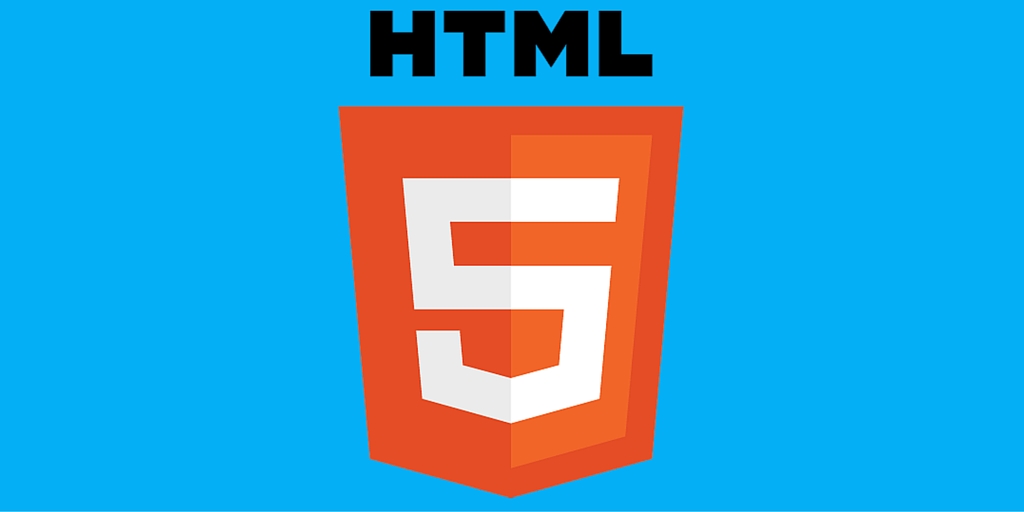Gearing up for HTML 5

by snettscom
Web Browsers and Mobile Browsers developers are gearing up for HTML5 by improving or upgrading their Internet browsing products. The language of the World Wide Web HTML was originally created in 1990 and has been under constant development with improvements in standards and technology. You might be wondering what is this HTML5 and why is it special?
P/S: You can click on the HTML5 Logo to get information on how to place it on your HTML5 Websites. Standardize and change the web forever.
What is HTML5?
In simple terms HTML5 is the latest standard for HTML5 its predecessors was HTML 4.0.1 and XHTML 1.1. The previous HTML standards have simplified the web and are quite easy to implement even if you are a newbie. The aims of HTML5 were to improve on this and make the web more interactive by supporting the latest multimedia, but essentially remaining simple, easy to read by humans and consistently understood by computers and devices (web browsers, parsers etc.).
Technologies that made the web interactive include Adobe’s Flash and Microsoft’s Silverlight. However these technologies require a high level of programming skill and creativity which is not the essence of HTML let alone HTML5.
Why HTML5?
Web Developers have foreknown HTML5 for years, but when Apple Inc dropped the use of Adobe’s Flash technology in its latest devices (including the iPhone 4th generation and the launch of the Apple iPad) it has become a major topic. Apple Inc‘s CEO Steve Jobs issued a public letter titled “Thoughts on Flash” where he concludes that with the development of HTML5, Adobe Flash is no longer necessary to watch video or consume any kind of web content. This sparked a debate in web development circles where some suggested that while HTML5 provides enhanced functionality developers must consider the varying browser support of the different parts of the standard as well as other functionality differences between HTML5 and Flash.
Well this is not the gist of this post, it will be an entirely new debate if I get into it now. What I am talking about is the Gearing up for HTML5 and in this effort different Web Browser and Mobile Browsers have upgraded or enhanced their products to support HTML. In my recent post, Firefox 4.o no longer Beta I blabbered about Firefox finally releasing version 4.0 without the beta clause; meaning that it is no longer under testing and can be assumed to work efficiently and bug free.
With all the controversies on HTML5 browsers on the top of the list are adapting to make browsing HTML5 smooth, Firefox 4.0 has launched a demos website where you can test out the most advanced HTML semantics which include HTML5 Games, Videos and so on and so forth, this website is dubbed Mozilla O’ Wonder where the O stands for Open. I don’t have to get to what Open means in the developer world. In Steve Jobs “Thoughts on Flash” he recognizes the power of Open Source and its future in the World Wide Web. In my post series Mobile Browsers Part 1, 2, 3, I talk about the technology behind them and I mentioned the power of the WebKit engine which is an open-source initiative created by Apple to power Web Browsers. WebKit powers Apples Safari and has been widely adopted by various companies, including Google which uses it in the Android Platform.
What does HTML5 mean to Web Designers and Developers?
Web designers and developers have been very flexible when dealing with the compatibility of Web standards by coming up with tweaks to ensure that the output is the same on all fronts irrespective of the underlying machine or device platform. I am talking systems: operating systems, browsing systems and the compatibility of a specific web application or simply web page on all these platforms. The key is standardization which browsers have failed to optimally implement, the leading being Internet Explorer with incompatibility issues with web standards including HTML, CSS etc. Internet Explorer launched IE9 with an Accelerated Graphics option which might be helpful when browsing full HTML5 pages but it all still comes down to standardization. In as much as we, web developers come up with tweaks to bypass or ensure that our products are cross-platform compatible or in this case cross-browser compatible then Web Browser Developers need to ensure that their Browsers fully conform to the set Web Standards.
Otherwise, I see us coming up with more tweaks to adapt to the situation and with support from Giant Computer Companies like Apple and Microsoft we can standardize the web and have a level platform. However, it is business and Apple and Microsoft might not come together to come up with a more standardized platform “Operating System, Browsing System” let alone the Open Source world.
So for now web developers can continue tackling the web as it is. To learn more about HTML5 check out the following sites:
Recommended Posts


How to Stay Organized with Microsoft Edge Vertical Tabs
9th March 2021


How to Change E-mail Account Settings on cPanel
16th November 2020


The Greatest Programmer Today
19th January 2018


